20 States Where It’s Hardest to Save for Retirement
Here are the most challenging states for retirement savings.

Millions of Americans are struggling to save enough for retirement. One thing that can make the process easier is if your employer offers a retirement plan. But this benefit—once a standard of American employment—has become increasingly rare. Less than half of Americans have access to a retirement plan provided by an employer. These are the 20 states where it’s hardest to save for retirement, listed in increasing order of difficulty.
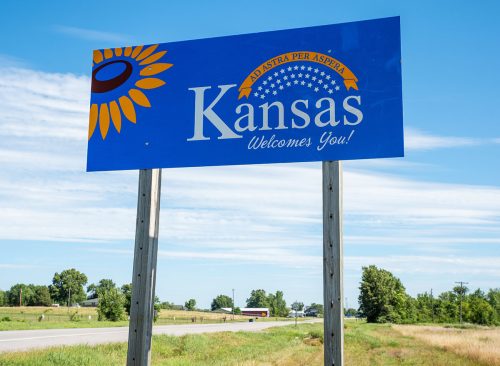
The Sunflower State lands in the bottom 20 nationwide: Only 45.1% of workers (and 35% of low-income workers) have access to an employer-provided retirement plan.
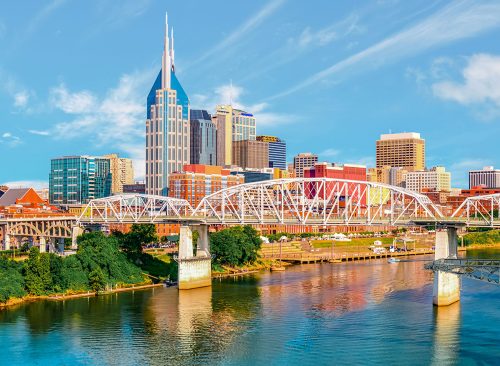
In Tennesee, only 45% of workers have access to a retirement plan. The situation is even worse for low-income workers: Only 32% have retirement savings access through an employer.
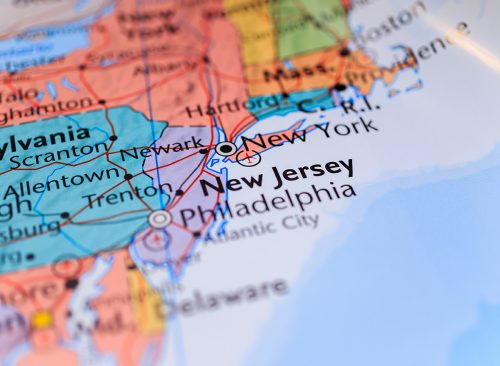
In the Garden State, only 45% of employees have a retirement plan through work, and only 26% of low-income workers do.
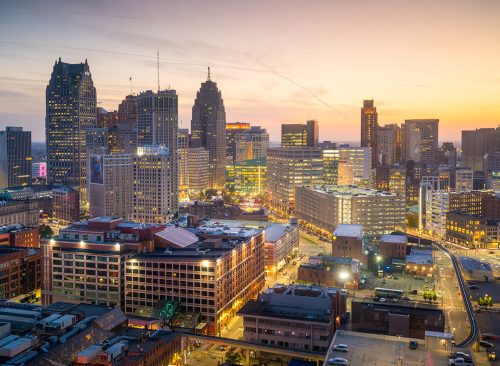
Saving for retirement isn’t so great in the Great Lakes State, where only 44.2% of workers (and 31% of low-income workers) are offered a retirement plan by their employer.
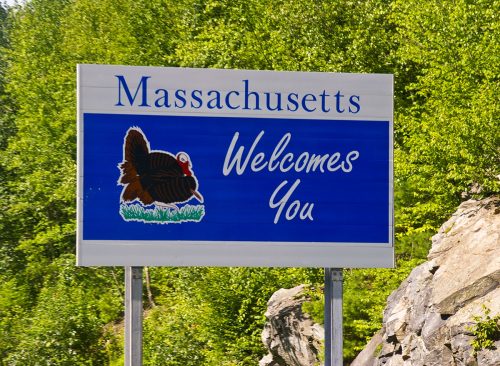
In the Bay State, 44.1% of workers have employer retirement plan access, and 29.4% of low-income employees do.
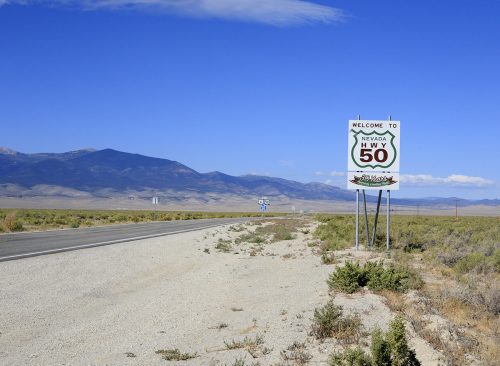
Nevada comes in as the fifteenth most difficult state to save for retirement in, with only 43.9% of workers (and 30% of low-income workers) qualifying for an employer-backed retirement plan.
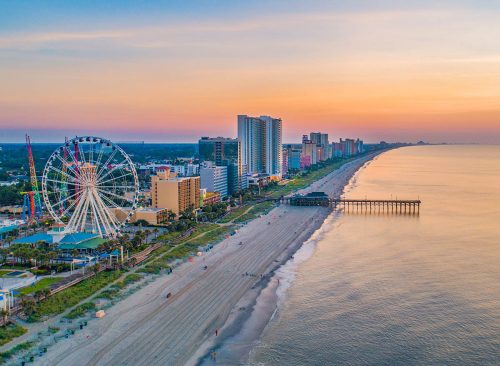
In the Palmetto State, only 43.8% of employees have a retirement plan through work, and only 31% of low-income workers do.

Less than half of workers in North Carolina can contribute to a retirement plan through their employer: 43%. The situation is worse for low-income workers: Only 33% of them can.
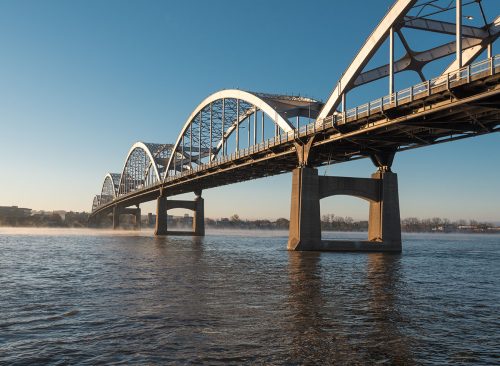
Mississippi ties with one other state for 12th place: 42.9% of workers in the state have access to an employer-provided retirement plan, as do 32% of low-income employees.

As in Mississippi, 42.9% of New Yorkers have access to an employer-backed retirement account. But the situation for low-income workers is much worse: Only 26% of that group do.

Connecticut lands in the top 10 with some discouraging statistics: only 42.4% of workers (and 24% of low-income workers) have access to an employer-provided retirement plan.
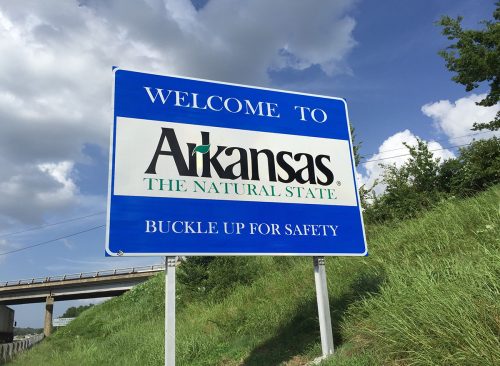
In Arkansas, only 42.2% of employees have a retirement plan through work, and only 34% of low-income workers do.

The Grand Canyon State is a relative sinkhole for retirement savings: Only 41.8% of workers overall—and 34% of low-income workers—have access to a retirement plan via their employer.

Utah ties Arizona for eighth place, with 41.8% of workers, and 32% of low-income employees, availed of a retirement plan through work.
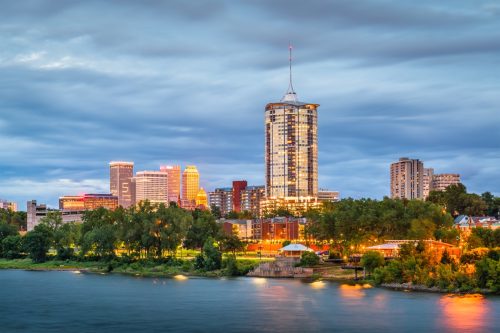
Oklahoma is far from OK in terms of ease of retirement savings, as only 40.8% of residents have a work-based plan. At 29%, low-income workers are also in the nationwide bottom ten.

Although California comes in as the fifth-most difficult state for overall workers to save for retirement—40.7% have access to an employer’s retirement plan)—it’s the second-worst for low-income workers: Only 24% of that group have access.
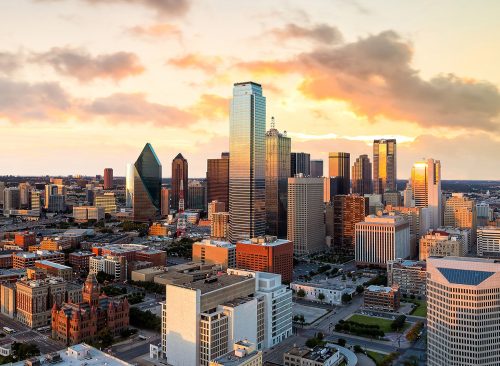
In the Lone Star State, only 40.3% of employees have a retirement plan through work, and only 26% of low-income workers do.

In Rhode Island, only 38% of employees have a retirement plan through work, and only 32% of low-income workers do.
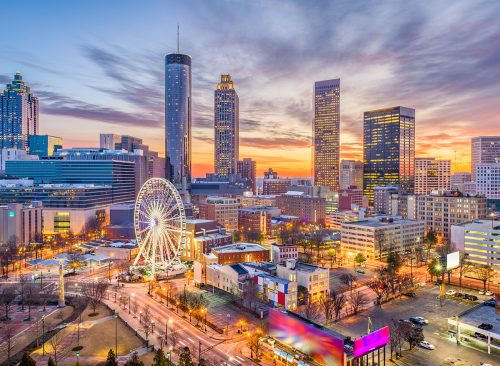
The Peach State is nearly the pits for retirement savings: Only 36.6% of workers have access to an employer-based retirement plan. That number drops to 30% among low-income workers.
RELATED: 20 Worst States in America for Healthcare

Florida comes up worst among American states in both categories: overall employees (only 33.1% have access to an employer-sponsored retirement plan) and low-income workers (only 23% do).














